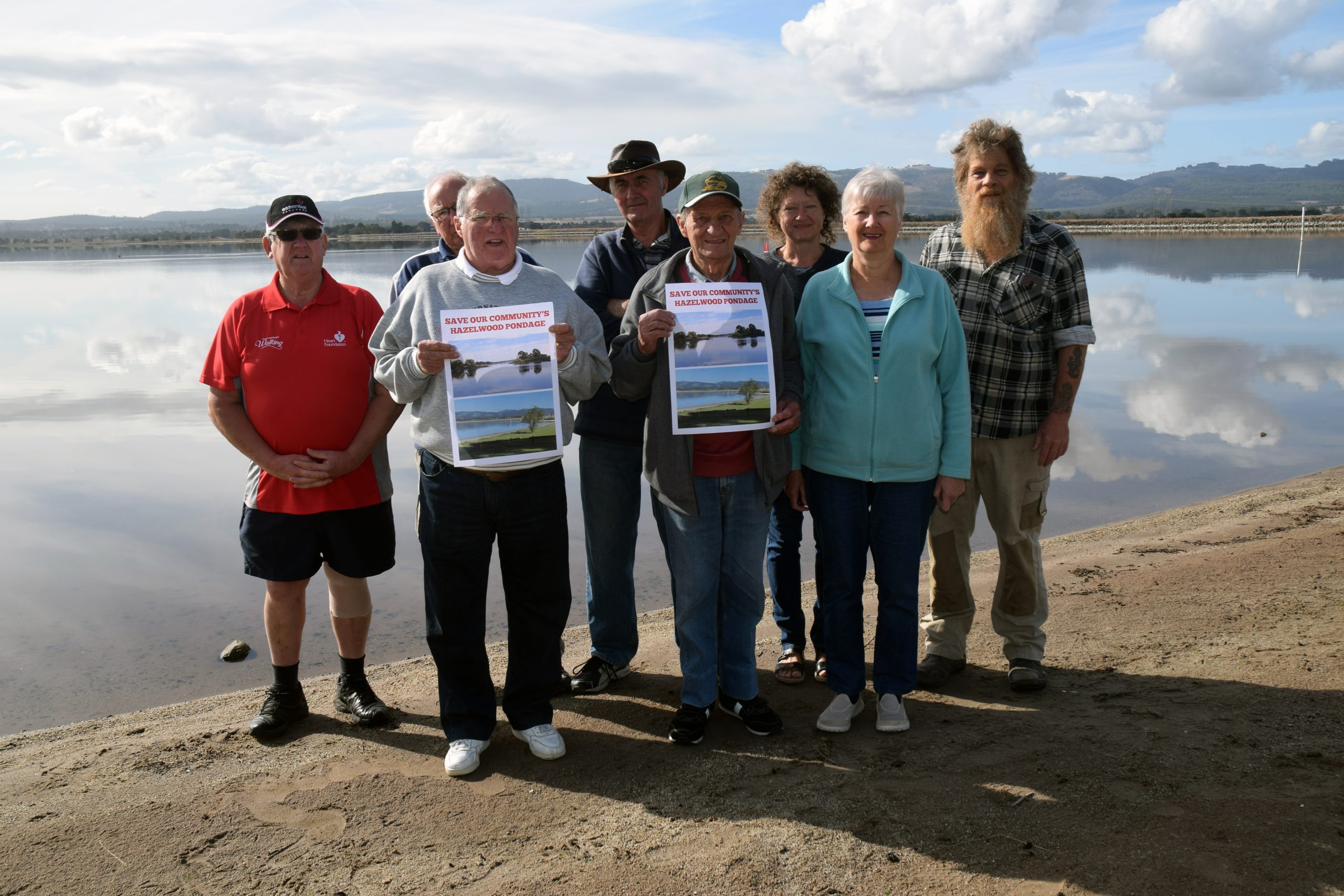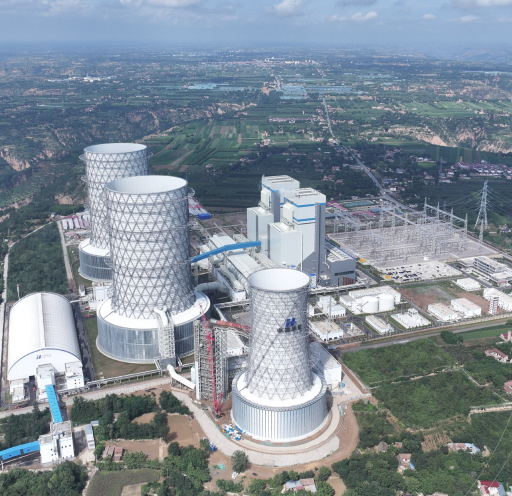By PHILIP HOPKINS
A COAL-FIRED power station in China is using carbon capture and storage to sequester carbon dioxide, representing a transformative leap in the global fight against climate change, according to a new report.
The Global CCS Institute, whose headquarters is in Melbourne, said the Huaneng Longdong Energy Base CCUS project in Gansu province in China’s west, is the world’s largest carbon capture facility integrated with a coal-fired power plant and is China’s most ambitious CCS initiative.
“This flagship facility … pioneers a pathway for coal-dependent energy systems to achieve net zero emissions and establishes a replicable model for scalable, cost-effective carbon management worldwide,” said the Global CCS Institute in its ‘Global Status of CCS 2025’ report. The institute delivers independent analysis and knowledge-sharing to support effective implementation of CCS worldwide.
In Victoria, CarbonNet is planning a pipeline from the Latrobe Valley to sequester carbon dioxide in empty reservoirs under Bass Strait, while the CO2CRC, based in Melbourne, is undergoing CCS research and sequestering CO2 at the Otway International Test Centre in western Victoria.
The Huaneng Longdong project integrates two coal-fired 1000MW units and paired with 6GW of renewable energy, the project creates a hybrid energy infrastructure that balances fossil fuel reliability with renewables and CCUS.
“This ensures deep carbonisation of the ‘last mile’ of CO2 emissions, setting a precedent for coal-to-clean transitions,” said the report.
“The facility showcases China’s first large-scale, full-chain CCUS facility in the power sector, featuring the nation’s deepest saline formation storage well and a supercritical CO2 pipeline network capable of sequestering 200,000 tonnes per annum, rising to 500,000 tpa in Phase 2,” said the report.”Real-time dynamic monitoring demonstrates permanent storage, enhancing trust in geological carbon management.”
The report said the project was a global commercial blueprint.
“By demonstrating mature, scalable CO2 capture technology and a sustainable business model, Huaneng’s project can help accelerate the global commercialisation of CCUS,” the report said.
“It offers developing economies a pragmatic template to reconcile coal reliance with climate goals by illustrating that low-cost, high-efficiency carbon capture is achievable.”
The chief executive of Melbourne’s Global CCS Institute, Jarad Daniels, said in the report that Huaneng Longdong was one of several large-scale CCS projects in China. Around the world, Mr Daniels said 77 commercial CCS projects are in operation with a combined capacity of 64 million tonnes per annum (Mtpa). More than 30 countries include CCS in their Paris Agreement commitments.
“Importantly, an additional 44 Mtpa of capture capacity is currently under construction, meaning operating capacity is set to increase by nearly 70 per cent in the coming years as these projects come online,” he said. Many were of commercial scale, including in sectors such as cement production and natural gas-fired generation.
“CCS is recognised globally as a critical tool to address climate change,” he said.
Mr Daniels said global momentum was also reflected in infrastructure growth.
“Dedicated CO2 transport and storage projects are increasing – doubling in Europe between 2023 and 2024 alone – laying the foundation for shared CCS networks that improve scalability and reduce costs,” he said.
“There is also healthy growth in planning around CO2 shipping, with CO2 vessels in design, construction and commissioning. CO2 shipping is poised for rapid growth as more CCS projects opt for maritime transport over pipelines, especially where distances are long or volumes are variable.
“Regulatory and technical challenges remain, but momentum is building for CO2 shipping to become a major player in global climate mitigation.”
Importantly, Mr Daniels said the financial sector was becoming increasingly engaged.
“Non-recourse debt financing is being secured for CCS projects,” he said, with specialised insurance products, standardised contracts and dedicated project finance structures emerging.
The push for low-carbon, firm power generation was creating great interest in CCS for natural gas plants, especially in North America, “where electricity demand is surging due to AI, data centres and digital infrastructure”.
In Japan, the government had strengthened its commitment to CCS, recognising its role in achieving the nation’s net zero targets, he said.
Mr Daniels said despite progress, the world was still far from meeting its carbon management deployment targets.
“Even if all of the projects in the current pipeline become operational, we will still not meet our gigatonne-scale CO2 capture goals. Every year of delay makes it harder and more costly to achieve our climate targets,” he said.
“The road ahead is not without challenges. Many regions still face policy and regulatory gaps, uncertain financing frameworks and public awareness barriers.”











